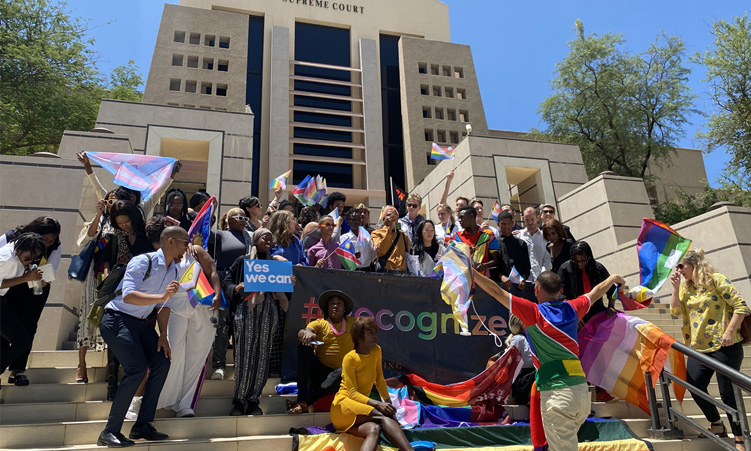WASHINGTON – The world’s tropical rainforests are making a comeback, but young vegetation may not be able to sustain as much diverse wildlife or lock up nearly as much climate-warming carbon dioxide as old trees did, scientists report.
The rainforest debate has raged publicly for decades, and more recently has been the subject of behind-the-scenes ferment among conservation scientists. It was the main topic of a Smithsonian symposium on Monday at the Smithsonian National Museum of Natural History in Washington.
These discussions are taking place as the international community is trying to figure out how to stem global warming. Because tropical forests sequester the greenhouse gas carbon dioxide, they are considered an essential part of the solution.
About 350 000 square kilometres of the original forested areas that were cut down by humans are growing back, according to Greg Asner of the Washington-based Carnegie Institution, a presenter at the symposium. That is only 1,7 per cent of the original forest.
This regrowth is relatively quick, with the shady forest canopy closing in after just 15 years as trees grow taller and denser, offering habitat for creatures adapted to just this environment, such as birds with huge eyes able to see in the leafy gloom.
The basic question – will rainforests survive? – has been complicated by research by Joseph Wright of the Smithsonian Tropical Research Institute in Panama and Helene Muller-Landau of the University of Minnesota.
RAINFORESTS RETURN
AS PEOPLE LEAVE
These two scientists reported that the future of tropical forests may not be as bleak as other conservation experts warn, mostly because people who once lived in or near these forests are moving away, mostly toward cities, allowing vegetation to grow.
Using United Nations projections of population growth, Wright and Muller-Landau predicted in a 2006 journal article that ‘large areas of tropical forest cover will remain in 2030 and beyond, and thus that habitat loss will threaten extinction for a smaller proportion of tropical forest species than previously predicted.’
Keeping a wide range of tropical rainforest species is important as a source for potential pharmaceuticals and disease-resistant crops. The prevailing scientific prediction is that up to half of all species may be lost in the coming decades.
But these young forests can’t support what the old-growth forests did, said William Laurence, also of the Smithsonian Tropical Research Center.
From the Amazon in South America to the tropical woodlands of Africa and Southeast Asia, human beings have destroyed as much as 12 million square kilometres of rainforest, about half of the original tropical forests on the planet.
These forests are disappearing at the rate of 50 football fields a minute, or 13 million hectares a year, Laurence said in a telephone interview before the conference.
‘There’s just no way that secondary forests are going to capture a lot of the biodiversity and critical ecosystem,’ Laurence said. ‘They’re also much more vulnerable to fire.’
Laurence also argues that people used to clear rainforest for small-scale farming, but this is being supplanted by more destructive large-scale industrial agriculture, logging and mining. – Nampa-Reuters
Stay informed with The Namibian – your source for credible journalism. Get in-depth reporting and opinions for
only N$85 a month. Invest in journalism, invest in democracy –
Subscribe Now!









